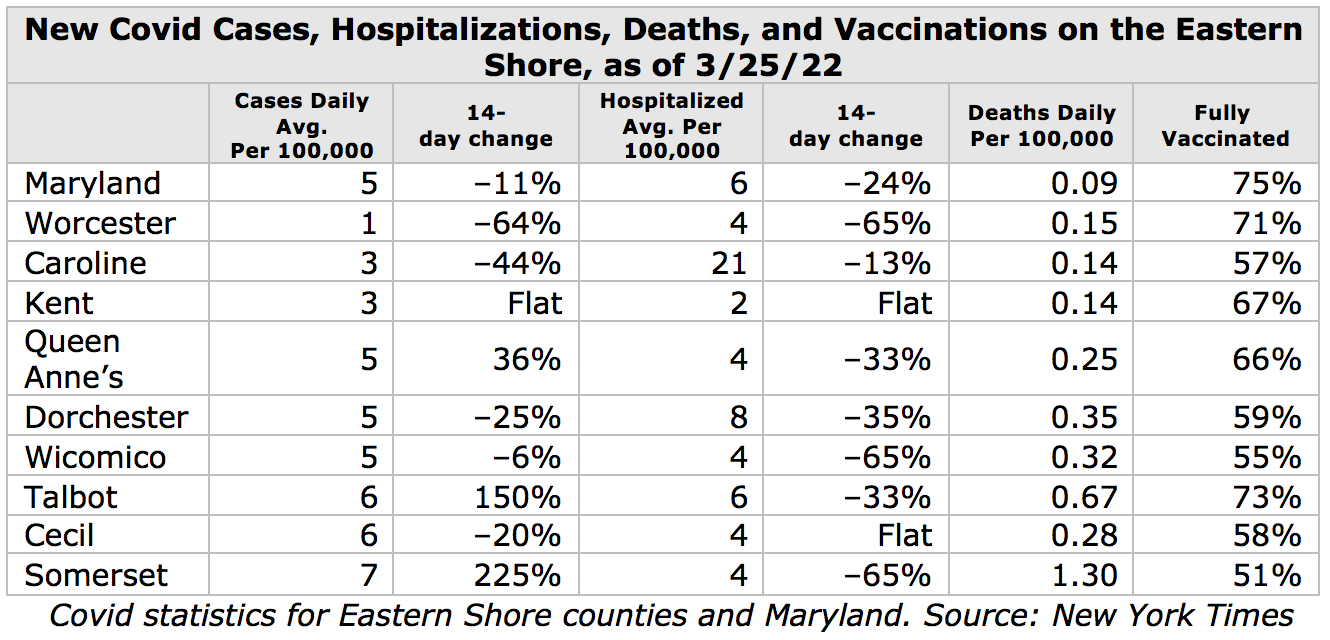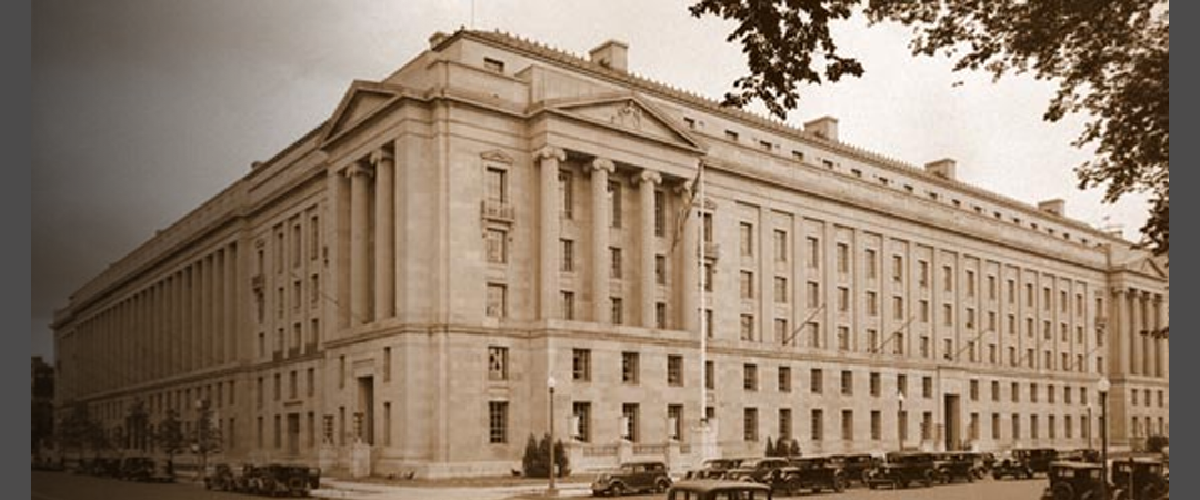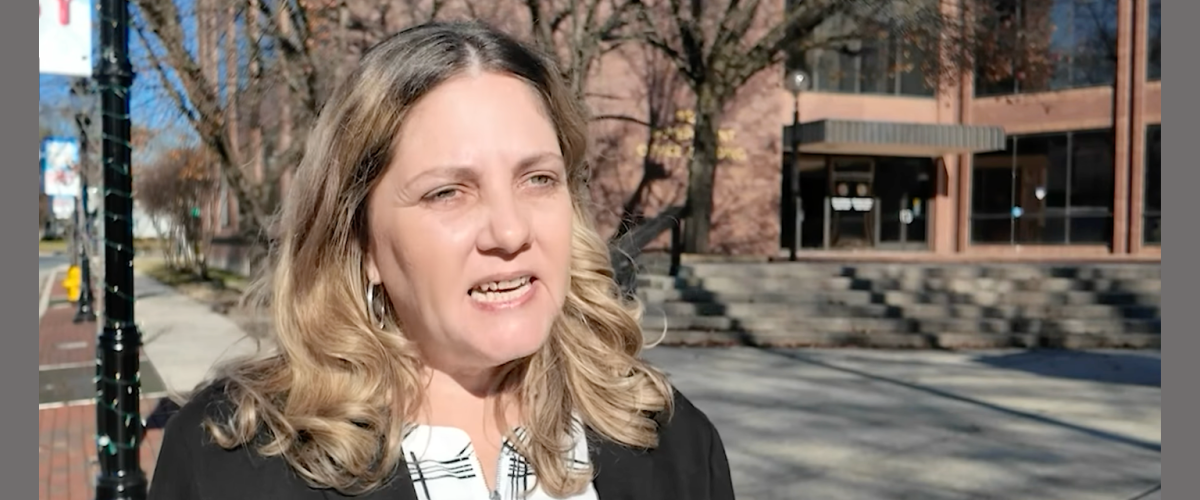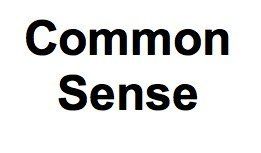Hold Onto Your Hat! — Here Comes Omicron Version BA.2

It seems we just get past one covid peak and here comes another. This new variant of omicron — known as omicron BA.2 or just BA.2 — is surging in various hot-spots around the world, though in other places, such as the U.S., covid indicators are mostly declining. But even as the first omicron wave recedes, its cousin, omicron BA.2, is increasing in the U.S.
Thus the current picture is mixed — and not a little confusing.
Each wave of the covid virus — from the original through beta, delta, and omicron — surged first in Asia and Europe; then a few weeks later, numbers began to climb in the U.S. That is what appears to be happening now, although the situation varies widely from country to country and within countries.
South Korea — which not so long ago had some of the lowest covid numbers of any country — now has the highest new-case rate in the world with a rate of 679 new cases per day per 100,000 population. In raw numbers, mainland China is now undergoing its largest outbreak of covid since the pandemic first began in Wuhan over two years ago, although the national rate in China is still low at less than one person per 100,000.
Cases are increasing in 18 European countries, including Britain, France, Germany, and Italy. Rates are high in Austria (477), New Zealand (338), Netherlands (216), Australia (208), and Hong Kong (182). Denmark is at 100 daily new cases per 100,000, while not far across the Baltic Sea, Norway at 52 has nearly half that rate. Norway’s next door neighbor Sweden has a super low rate of eight — just one less than the U.S.’s current rate of nine. All these statistics — while significant — tend to change rapidly. A country or area within a country can have a very low incidence of covid at one point, and then just two or three weeks later be in the throes of a major outbreak.
Many authorities believe that communities are relaxing pandemic restrictions too quickly. While that is undoubtedly part of the explanation where rates are rising, the main cause is new variants along with low vaccination rates, especially in older and more vulnerable populations. Population density and percentage of time spent outdoors are also factors. It’s a moving target.
Since the peak in January, covid has been trending down in most of the U.S., but if the usual pattern of spread holds, that may change soon. The BA.2 variant has just become the dominant strain in the eight Eastern states comprising New England, New York, and New Jersey; BA.2 accounts for over 50% of new cases, and the rate is rising in these states. In the nearby states of Delaware, Pennsylvania, Maryland, West Virginia, and Virginia, BA.2 has increased to about 30% of new cases over the past month and continues to rise.
In Maryland, trends have definitely been improving since the peak of the first omicron wave in January. For the two weeks ending on Friday, March 25, new cases of covid are down 11%, hospitalizations are down 24%, patients in intensive care are down 37%, and best of all, deaths are down 44%. Overall, the rate of covid cases in Maryland is currently at a low five per 100,000 population, lower than the overall U.S. average rate of nine.
Since the pandemic began in 2020, at least one in every six Marylanders has been infected with covid for a total of more than a million reported cases in Maryland. There have been over 14,000 deaths in the state. And the pandemic is not over yet.
Covid regulations change often and are not consistent from place to place, with each Maryland county or business often making its own set of rules and/or recommendations.
The Maryland State School Board voted to end the state-wide mask mandate in schools on March 1, 2022, thus leaving local school systems free to make their own mask rules. Here on the Eastern Shore, most public school systems consequently dropped their mask mandates in early March, both in school buildings and on school buses. Surprisingly, K-12 schools have been more likely to loosen the rules and/or go maskless than colleges and universities on the Eastern Shore. Salisbury University still requires N95-level masks in class though many other campus areas are now mask-optional. Washington College in Kent County has gone to a mask-optional policy as of March 4, but it requires students and staff to be fully vaccinated and boosted. Chesapeake College doesn’t require vaccinations but asks students, staff, and visitors to wear masks indoors on campus.
It’s not clear yet what the exact effects of omicron version BA.2 might be, but we will know soon.
What could make the difference in the next wave of covid is the response of both governments and individuals. Testing for a covid infection and determining which variant a person has is important in deciding which treatments may be most effective. One of the main treatments that doctors have been using is not working well in patients with BA.2, though other therapies still work. However, the most recent bill in Congress eliminated most of the funding for covid testing and treatment.
So far, being vaccinated and boosted is the best protection from severe covid, hospitalization, and death. Over 90% of all hospitalizations and deaths are among the unvaccinated. Those who are vaccinated but not boosted account for about 7% of severe cases that result in hospitalization or death. Risk is cut to only 1% for those fully vaccinated and boosted. So getting that booster shot is one of the most important actions individuals can take to protect themselves.
Currently in Maryland, 70% of those over 65 are fully vaccinated with a booster shot. But only 40% of those 18-64 have received a booster shot. For those 5-11, a mere 8% have had a booster shot; however, this age group only became eligible for vaccines in October 2021, so most won’t be eligible for a booster before April 2022 at the earliest. Still, vaccination lags in this age group.
Maryland’s fully-vaccinated rate of 75% of eligible residents is higher than most other states; however, within Maryland all the Eastern Shore counties have vaccination rates below that 75% average. Talbot comes closest with 73% of its residents fully vaccinated. Caroline County is second highest with 71%, and Kent County is third at 67%. Somerset at 51% and Wicomico at 55% have the lowest vaccination rates on the shore. These statistics follow the national pattern in which counties with the lowest vaccination rates tend to have worse rates in all covid categories. One exception to this is Talbot County which, despite its 73% vaccination rate, currently is undergoing an increase in new cases and has a higher hospitalization and death rate. It’s unknown whether Talbot’s current high rates are related to the arrival of BA.2 or to other factors.
And if it weren’t enough to worry about BA.2, just think about the fact that researchers have found covid in a number of animal species — including big cats (lions, etc.), hamsters, mink, and deer! Deer in Pennsylvania were recently discovered carrying variations of the original covid-19 virus. With these animal reservoirs, it’s unlikely that we’ll be rid of covid any time soon. So plan accordingly and get that booster shot.
The chart below is adapted from a New York Times interactive database and shows current rates of new cases, hospitalization, deaths, and vaccinations on the Eastern Shore as of March 25, 2022. Remember that these data can change rapidly, especially if new covid variants appear.

Sources and More Information:
Maryland State Government Covid Information
https://coronavirus.maryland.gov/
“Coronavirus World Map: Tracking the Global Outbreak,” New York Times, updated March 26, 2022.
https://www.nytimes.com/interactive/2021/world/covid-cases.html
“Researcher Finds ‘Stunning' Rate of COVID Among Deer. Here's What It Means For Humans,” National Public Radio, March 9, 2022.
“A Covid Surge in Western Europe has U.S. Bracing For Another Wave”, Washington Post, March 16, 2022. https://www.washingtonpost.com/health/2022/03/16/covid-ba2-omicron-surge/
USA Facts - Our Nation, in Numbers
https://usafacts.org/visualizations/covid-vaccine-tracker-states/
Jane Jewell is a writer, editor, photographer, and teacher. She has worked in news, publishing, and as the director of a national writer's group. She lives in Chestertown with her husband Peter Heck, a ginger cat named Riley, and a lot of books.
Common Sense for the Eastern Shore







